
Borders of Water (ongoing)
I took my first photos with my father's film camera, which I found by chance. I don't know where I got the film, it was the 1990s, the main entertainment were albums with colored pencils. Everything else was in short supply. Those photos, taken with random camera settings, turned out blurry, but they still were shots. The images depicted the shores of the Caspian sea, where our grandfather took us in the summer. He would swim far out in the sea, while my siblings and I would stay close to the shore. Now you can only walk there. The water is gone. The Caspian Sea is the largest enclosed body of water on the planet, which washes the shores of five countries. The decline in its water level began in the twentieth century and now it is 20 centimeters below the critical mark. The Volga and Ural rivers that feed the sea have been dammed up during the last century. Today, extensive upstream water reservoirs are siphoning off water that sustains Caspian communities and ecologies. This, combined with development of deep wells, intensive irrigation, overfishing, and the expansion of extractive industry brings the sea to the brink of disappearance and endangers the future of my home region. In my project, I want to explore the legacies of Soviet hydro-engineering and ongoing infrastructural development that reshape and define the future of the Caspian sea. I am interested in focusing on communities and species that live directly on the coast and face the consequences of the shallowing.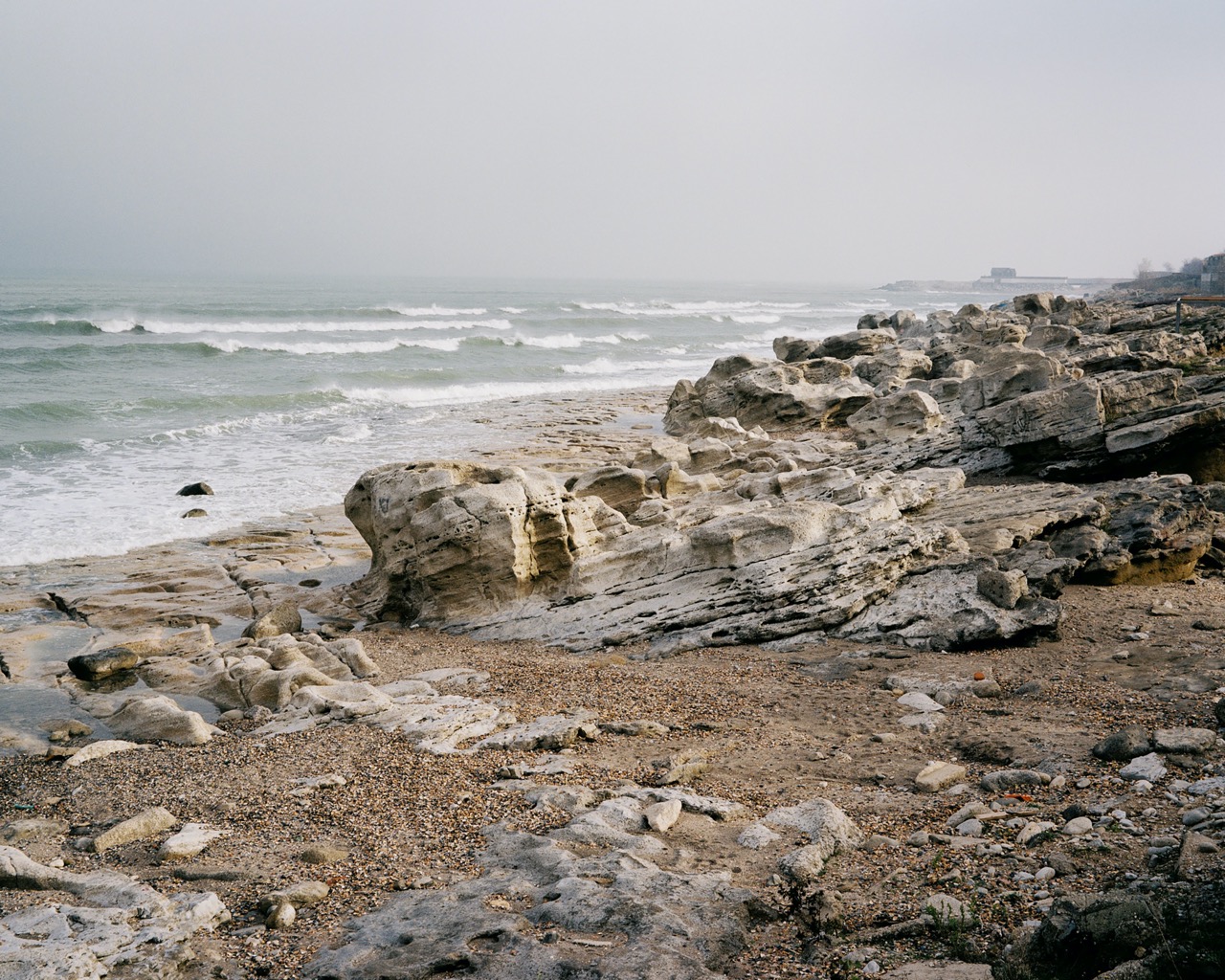
A stone ridge on the Caspian coast of Makhachkala. In my childhood, we used to swim nearby when these rocks were still underwater. Makhachkala (Russia), 2024
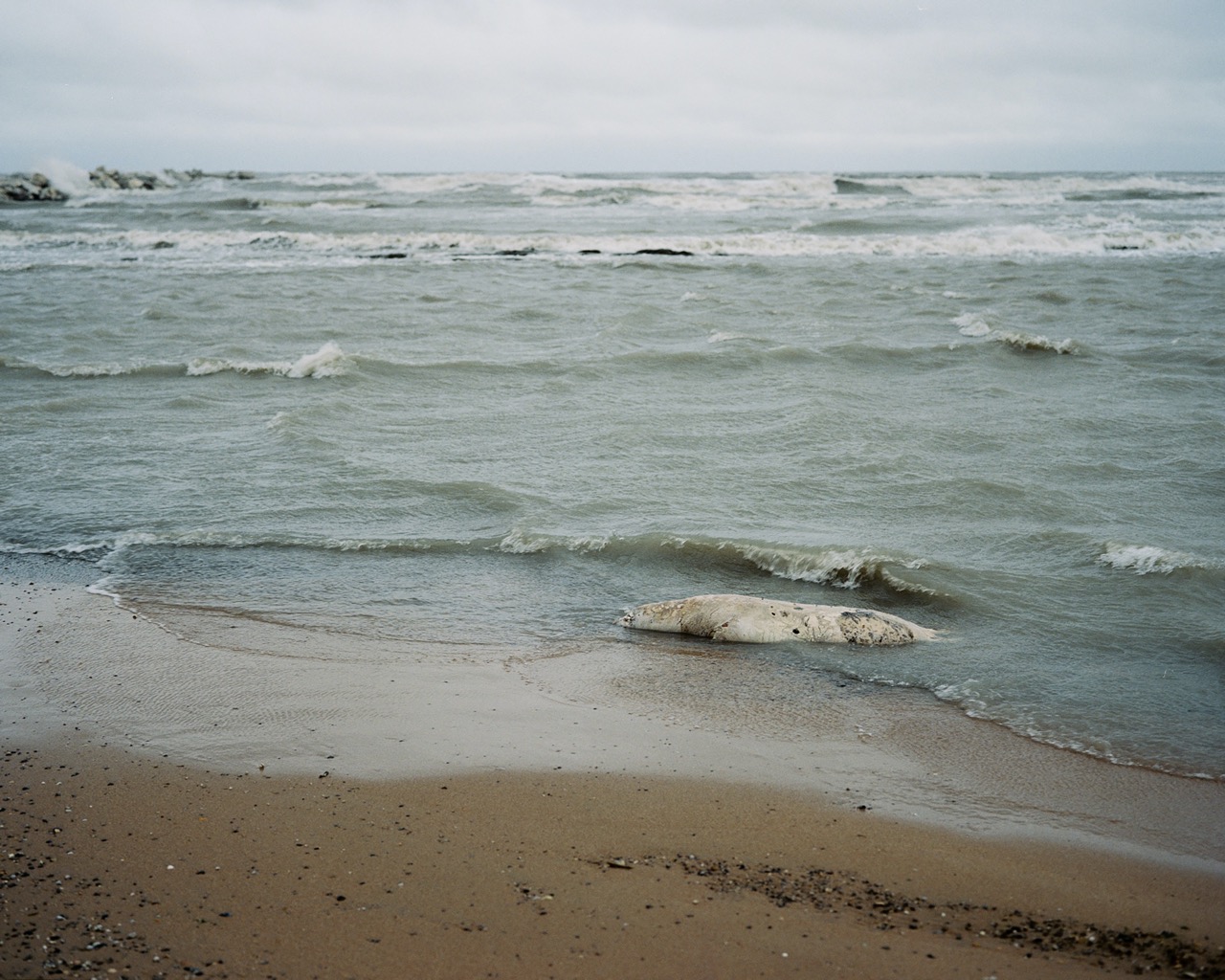
A dead Caspian seal (Pusa caspica) decomposes on the shore of the Caspian Sea. This endangered endemic species has suffered mass die-offs in recent years, but the precise causes — whether pollution, climate change, or disease — remain unconfirmed by researchers. Makhachkala (Russia), 2024
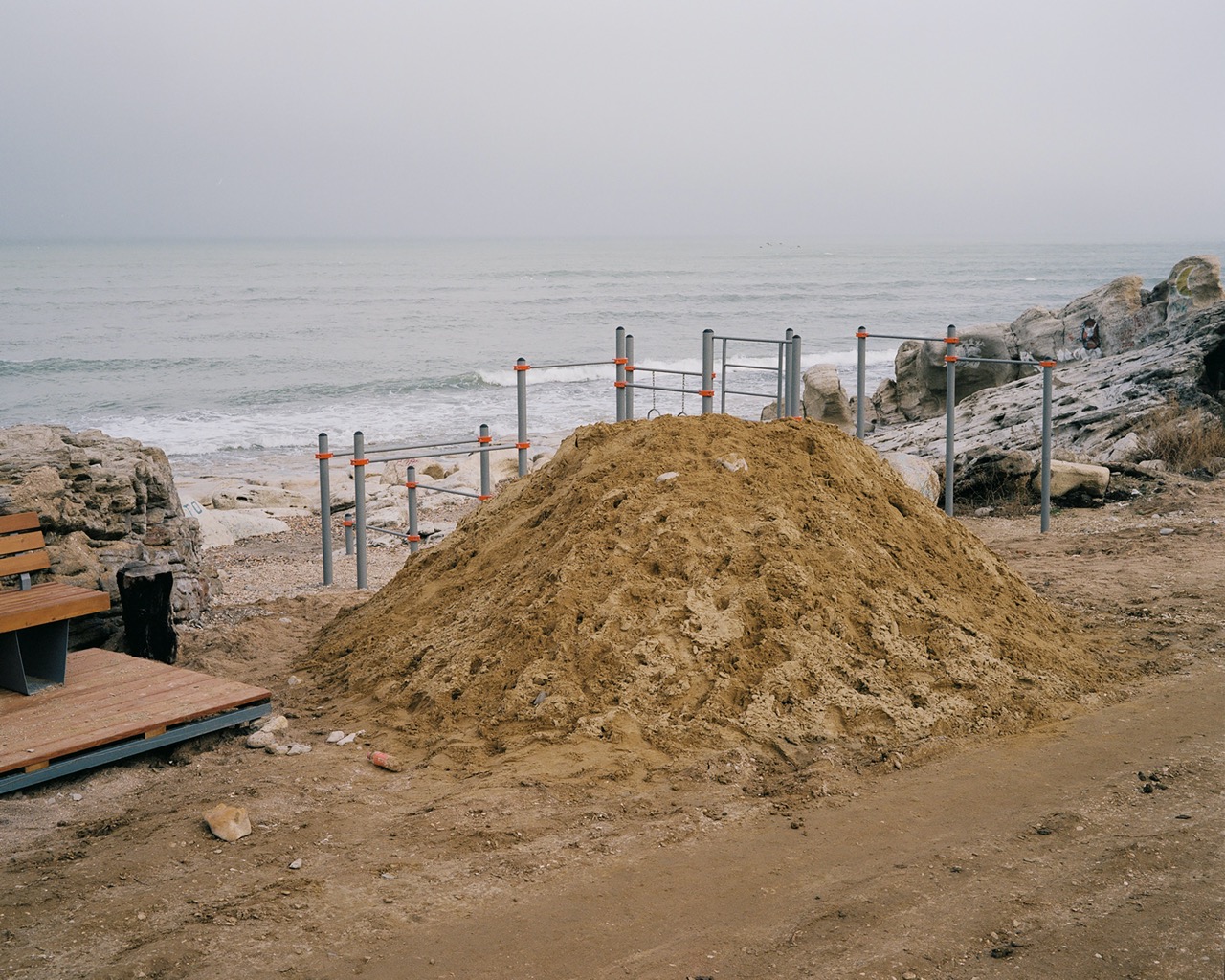
A mound of quarry sand, dumped onto the Caspian’s receding shoreline, awaits ‘beach renovation’. Where waves once reached, authorities now sculpt dry land for locals and tourists as an adaptation to the sea’s rapid retreat. Makhachkala (Russia), 2024
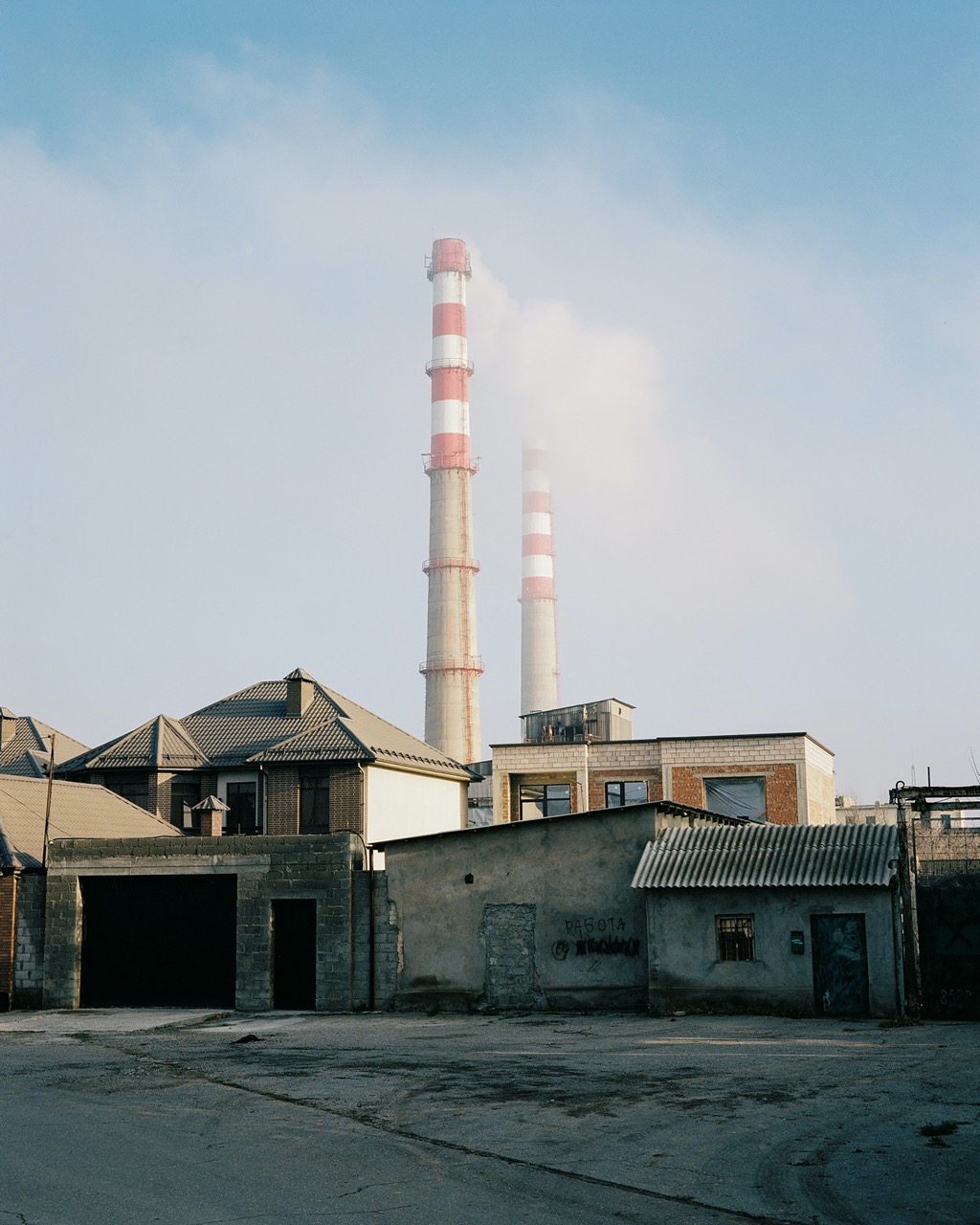
The Makhachkala Thermal Power Plant was originally built in with its water intake pipes extending 100 meters into the Caspian Sea to cool its turbines. Today, the retreating waters have left these pipes stranded some 20 meters short of the shoreline – a concrete manifestation of the sea's steady disappearance. Makhachkala (Russia), 2024
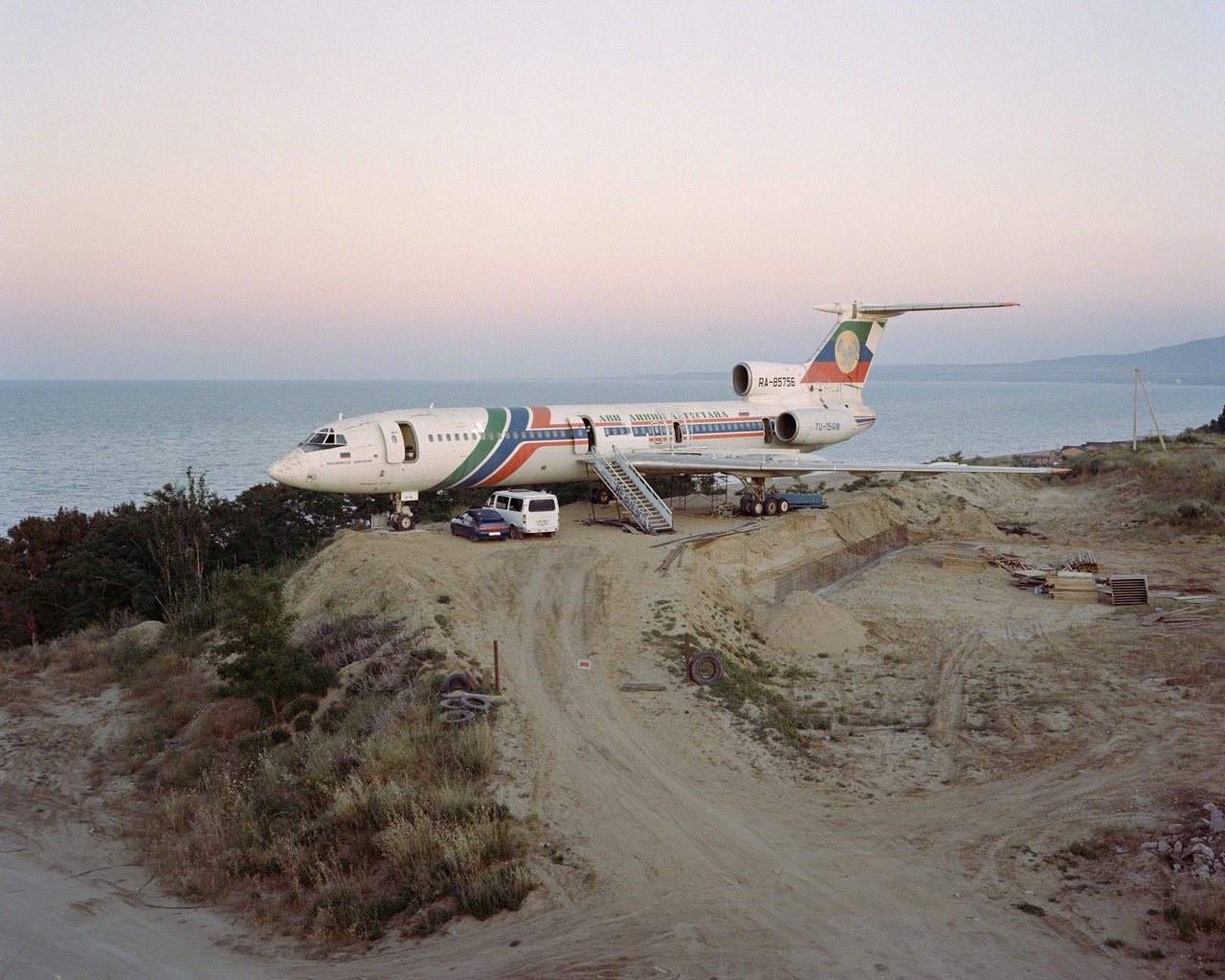
A decommissioned Tu-154 aircraft, once operated by the now-defunct Daghestan Airlines, now serves as an unconventional tourist attraction near the village of Manaskent. This repurposed plane symbolizes both the decline of regional aviation and the resourceful adaptations to economic change in Dagestan. Manaskent (Russia), 2024

A reinforced concrete structure on the Caspian seafront in Kaspiysk. Built in the second half of the 1990s to protect the shore from advancing waters, when flooding destroyed the city's pier, embankment and beaches. This marked the last time the Caspian Sea reached its peak water level – since then, the waters have been steadily receding. Kaspiysk (Russia), 2024
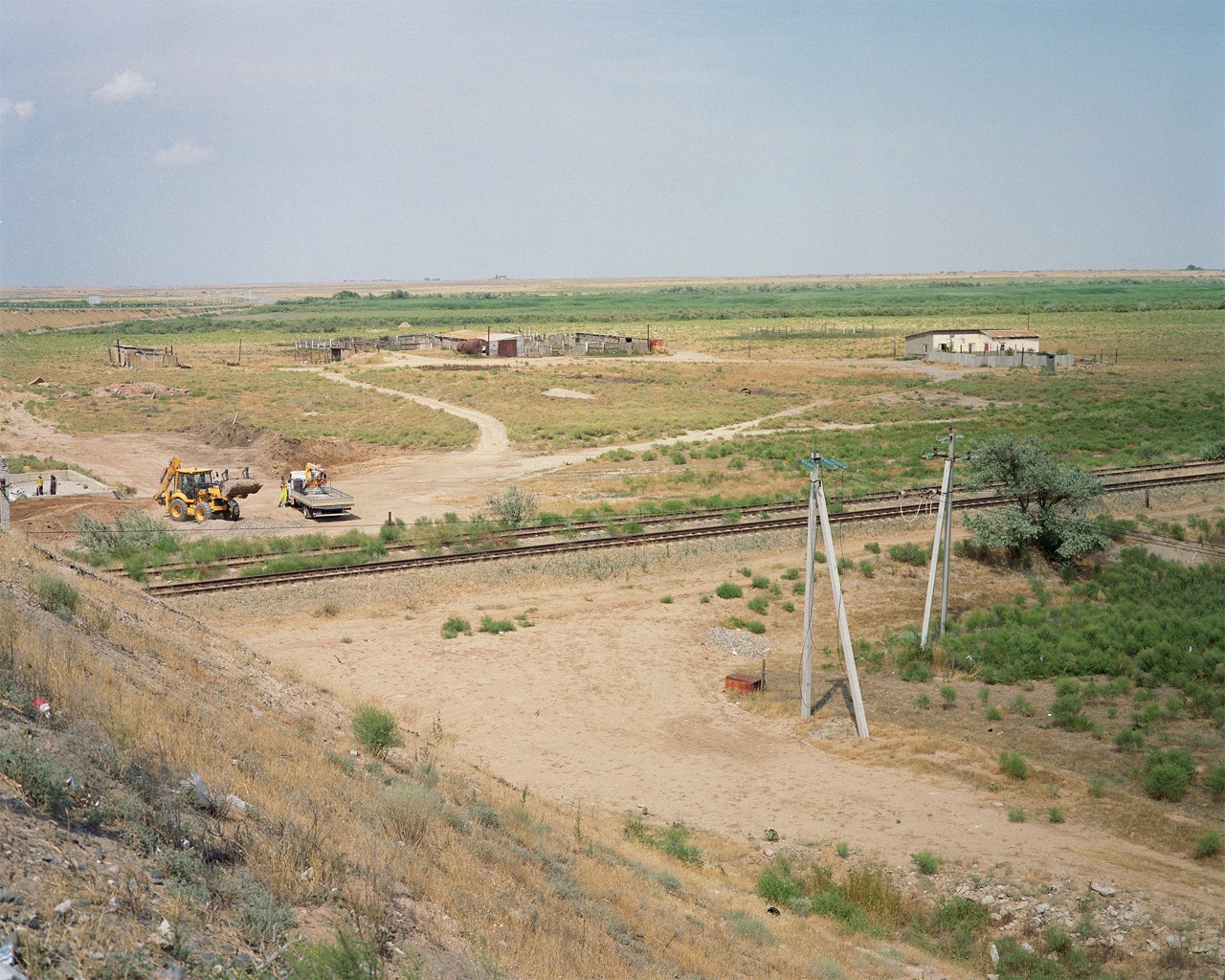
This photo was taken 20 km from the current Caspian Sea coastline. Over the past 30 years, the water here has receded by 1.5 km (data: CaspNIRKH). The dried-up channels around Liman are part of a systemic transformation: the sea level drops 6-7 cm annually due to climate change and Volga River regulation. Liman (Russia), 2024

A boarded-up fish stall with a hand-painted ‘РЫБА’ (Fish) sign by an Astrakhan highway, idle in high season. Once supplied with Caspian catches, its emptiness mirrors the declining stocks. Near Astrakhan (Russia), 2024

The decomposing remains of a Caspian seal (Pusa caspica) were found along the Caspian shoreline. This endemic, Red-listed species has experienced significant population decline in recent years, with the exact causes of mortality remaining undetermined. Makhachkala (Russia), 2024

Specimens from Dagestan's Fishing Industry Museum: sturgeons (beluga, stellate sturgeon) and cyprinids (Caspian kutum, salmon), preserved in glass jars but partially decomposed. Collected during Soviet era, these samples represent the Caspian's biodiversity prior to dramatic population declines. Makhachkala (Russia), 2025

Dropping sea levels have transformed this former Caspian Sea beach into an abandoned, rocky expanse. Makhachkala (Russia), 2024

A wooden footbridge over the Cherkes-Ozen river at the point where it flows into the Caspian Sea. Makhachkala (Russia), 2024
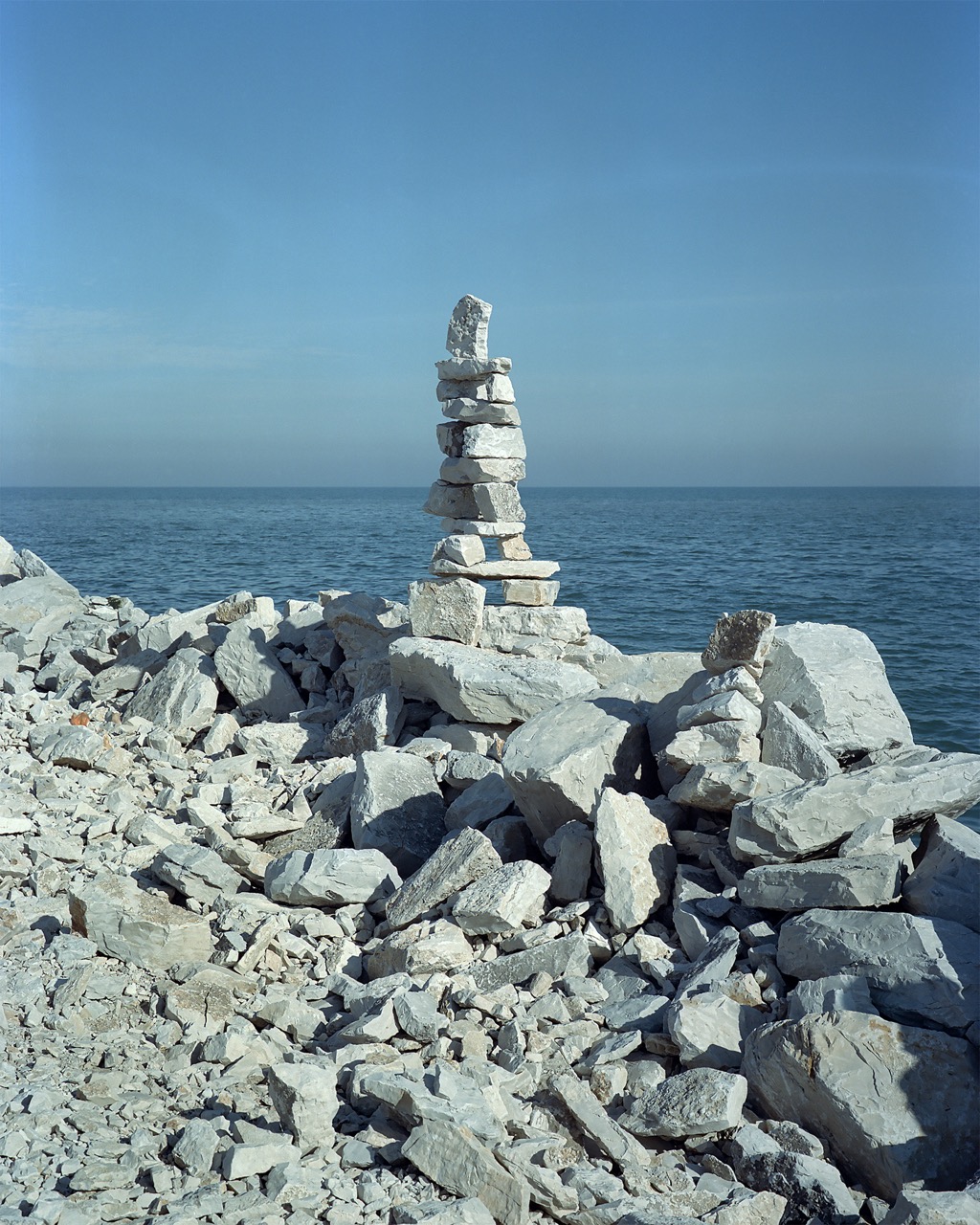
A small stack of crushed stones, piled up by someone, stands on the shore near the water. Makhachkala (Russia), 2024

A weathered wooden fishing boat, now half-rotted and collapsed onto its side, rests at the entrance of the Dagestan Fishing Industry Museum. Makhachkala (Russia), 2024
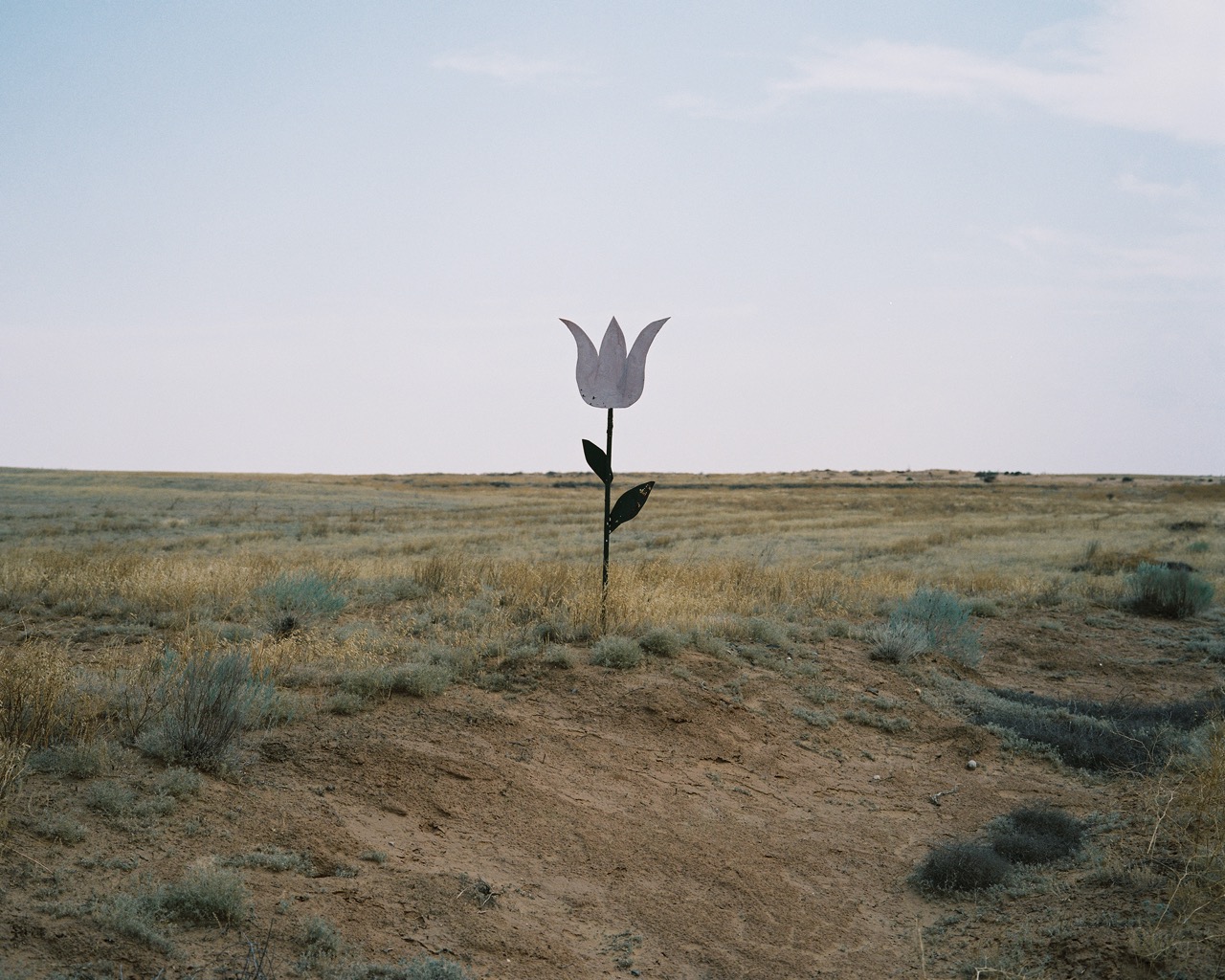
A large metal tulip by the road in Ulan-Khol, symbolizing Kalmykia’s status as the homeland of tulips in Russia. Kalmykia borders the Caspian Sea, and every spring, its steppes burst into bloom with vibrant tulips. Although these flowers can also be found in other southern regions of Russia — such as neighboring areas of Stavropol Krai, Rostov Oblast, and Astrakhan Oblast — Kalmykia is considered their primary natural habitat. Near Ulan-Khol (Russia), 2024